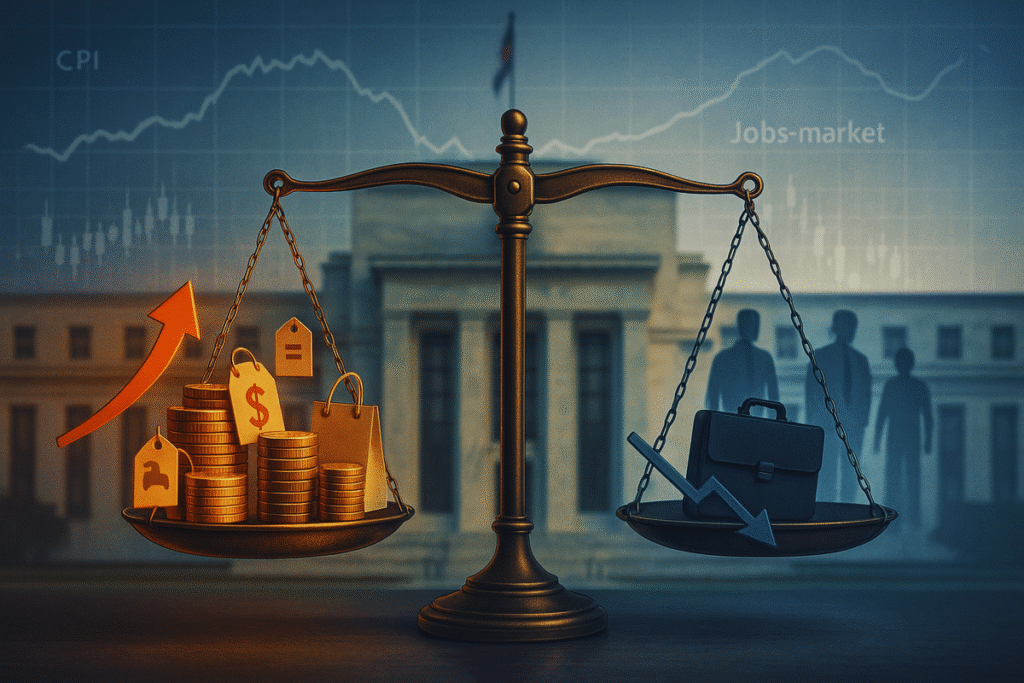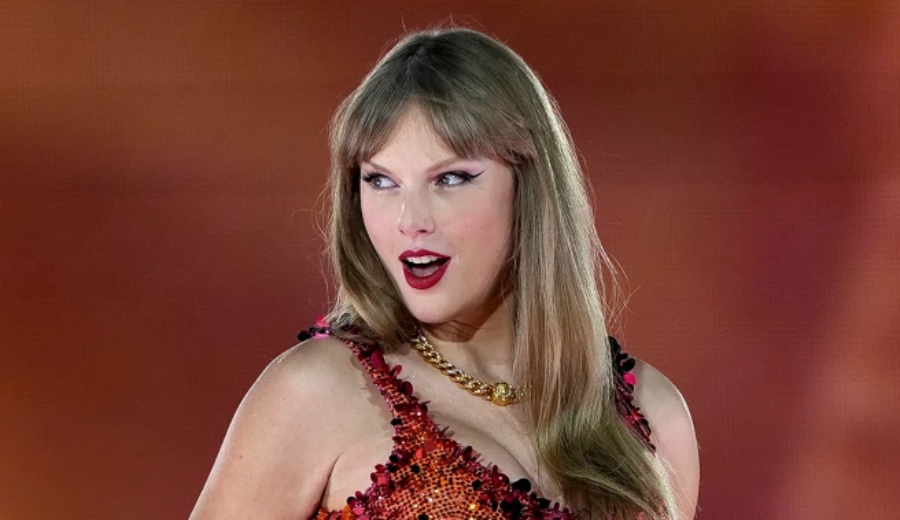
The upcoming Fed rate decision has captured the attention of investors and economists alike. Recent economic data presents a challenging scenario: consumer prices rose 0.4% in August, compared to 0.2% in July, while weekly jobless claims jumped to 263,000—the highest level in nearly four years. These conflicting signals put the Federal Reserve in a position where it must carefully balance price stability and employment levels.
Wall Street Weighs in on Rate Cuts
Economists on Wall Street suggest that the Fed’s decision is far from straightforward. Claudia Sahm, chief economist at New Century Advisors, described it as “the worst kind of setup for the Fed.” She noted that the central bank may cut rates not because inflation is under control, but because the labor market is showing signs of weakness. Sahm predicts a 25 basis point reduction during the upcoming two-day meeting but emphasizes that inflation remains too high for aggressive cuts.
Collin Martin, fixed income strategist at Schwab Center for Financial Research, echoed these concerns, noting that inflation is still elevated and could constrain the Fed’s policy flexibility. Joe Brusuelas, chief economist at RSM, added that market expectations of multiple rate cuts this year may be optimistic, given the underlying economic data.
Labor Market Slowdown and Its Implications
The labor market has clearly softened. A recent jobs revision revealed that the U.S. employed 911,000 fewer people between April 2024 and March 2025 than originally reported. Despite these figures, experts do not anticipate a severe collapse. Lakshman Achuthan, co-founder of the Economic Cycle Research Institute, said, “This could get rough at some point … but it’s not yet.”
Market Optimism Despite Economic Uncertainty
Even amid uncertainty, Wall Street remains bullish on equities, particularly in the technology sector. Analysts highlight AI-driven growth as a key driver of stock momentum into 2026. Oracle’s impressive AI backlog demonstrates the strength of tech companies, reinforcing investor confidence. UBS Global Wealth Management projects further gains for major U.S. indices, forecasting the S&P 500 at 6,600 by the end of 2025 and 6,800 by mid-2026. The Nasdaq recently topped 22,000, while the S&P 500 and Dow Jones Industrial Average reached record highs.
Conclusion: Watching the Fed Closely
The Fed’s upcoming rate decision will require navigating a complex landscape of sticky inflation and a slowing labor market. Investors are closely monitoring the outcome, as it will have significant implications for interest rates, market trends, and the broader U.S. economy in the months ahead.















